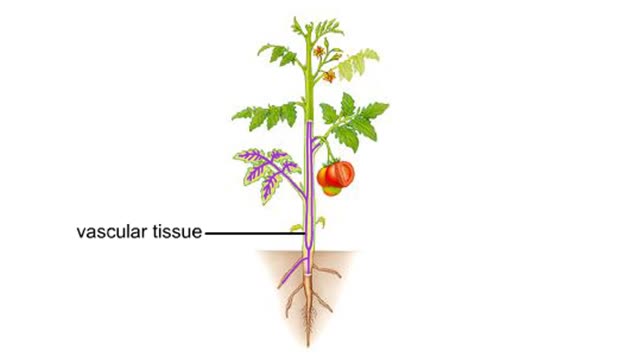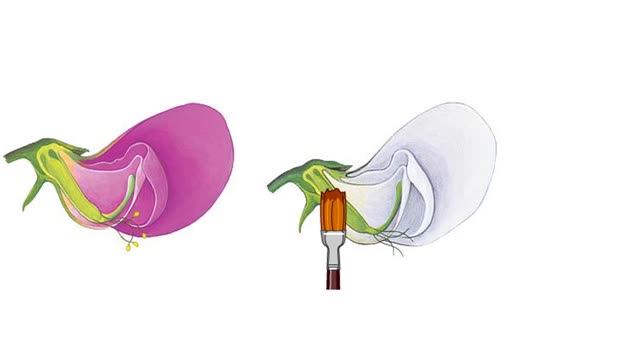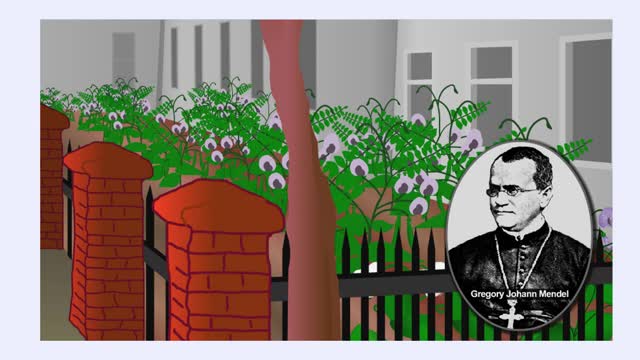Plant Defense Mechanisms from Pathogens
By: HWC
Date Uploaded: 05/29/2020
Tags: homeworkclinic.com Homework Clinic HWC pathogens plants plasma membrane plant cell wall phytoalexins phenolics terpenes pathogenesis related (PR) proteins. plasmodesmata polysaccharides hypersensitive response necrotic lesion systemic acquired resistance salicylic acid Plant Defense Mechanisms
Plants and pathogens have coevolved such that pathogens can recognize plants by the sugars, or other molecules, they produce. Plants, in turn, can recognize pathogens by the molecules they produce. The ability to recognize pathogens allows plants to activate defense systems that can prevent widespread infection. A plant may recognize molecules of a pathogen directly or indirectly. Some pathogen molecules, for example, bind directly to plant receptors in the plasma membrane. Others, such as enzymes, break down molecules within the plant cell wall, and then these breakdown products bind to plant receptors. When molecules bind to the plant receptors, the receptors become activated and trigger a cascade of reactions. These reactions lead to the production of second messengers—molecules that migrate through the cell and induce it to respond. Here, the cell responds by expressing certain genes. After certain genes are expressed, the plant begins to produce a class of molecules called phytoalexins. Phytoalexins are usually phenolics or terpenes, and a cell produces them within hours of the onset of infection. These molecules can kill a variety of invading pathogen species. Some of the genes that are expressed code for proteins called pathogenesis-related (PR) proteins. Some PR proteins kill bacteria or fungi by breaking down their cell walls. Others may travel through intercellular passageways, called plasmodesmata, and serve as alarm signals to neighboring uninfected cells. When a plant encounters a pathogen, one of its first responses is to produce polysaccharides. These polysaccharides can strengthen cell walls, making it harder for the next pathogen to break through. They can also plug plasmodesmata, preventing certain pathogens, such as viruses, from migrating to neighboring cells. A plant may also use a mechanism, called the hypersensitive response, to prevent widespread infection by an invading pathogen. In the hypersensitive response, infected cells essentially commit suicide, producing a patch of dead tissue, called a necrotic lesion, that walls off the pathogen. A phenomenon called systemic acquired resistance (SAR) may then follow the hypersensitive response. In SAR, the entire plant increases its resistance to a wide range of pathogens. In one model for how this occurs, a compound similar to aspirin, called salicylic acid, is produced during the hypersensitive response. In the model, salicylic acid is transported from the infected tissue to the rest of the plant body. Salicylic acid induces cells throughout the plant to produce PR proteins, which then lie in wait to kill any pathogens that might enter the plant. These PR proteins immunize the plant against a variety of pathogens.
Add To
You must login to add videos to your playlists.
Advertisement












Comments
0 Comments total
Sign In to post comments.
No comments have been posted for this video yet.